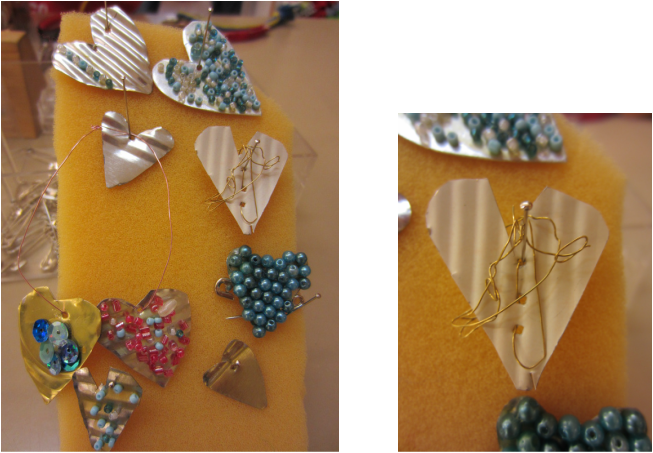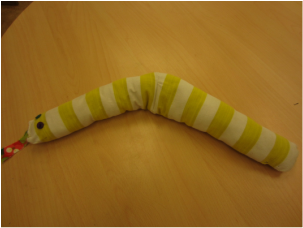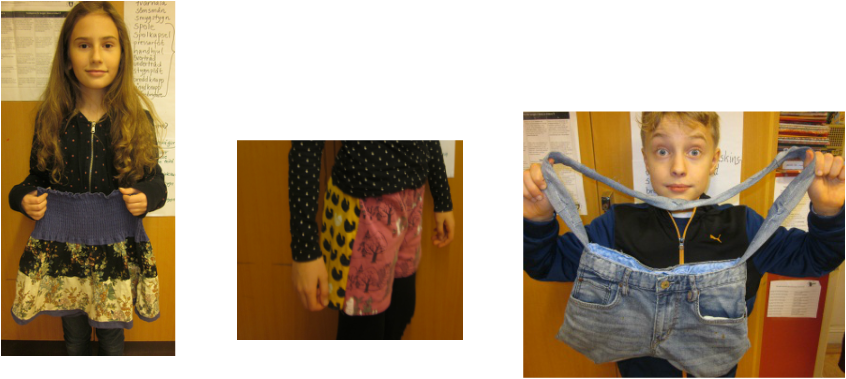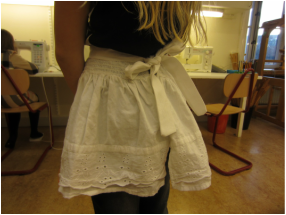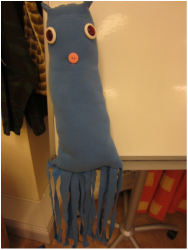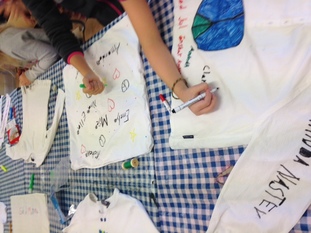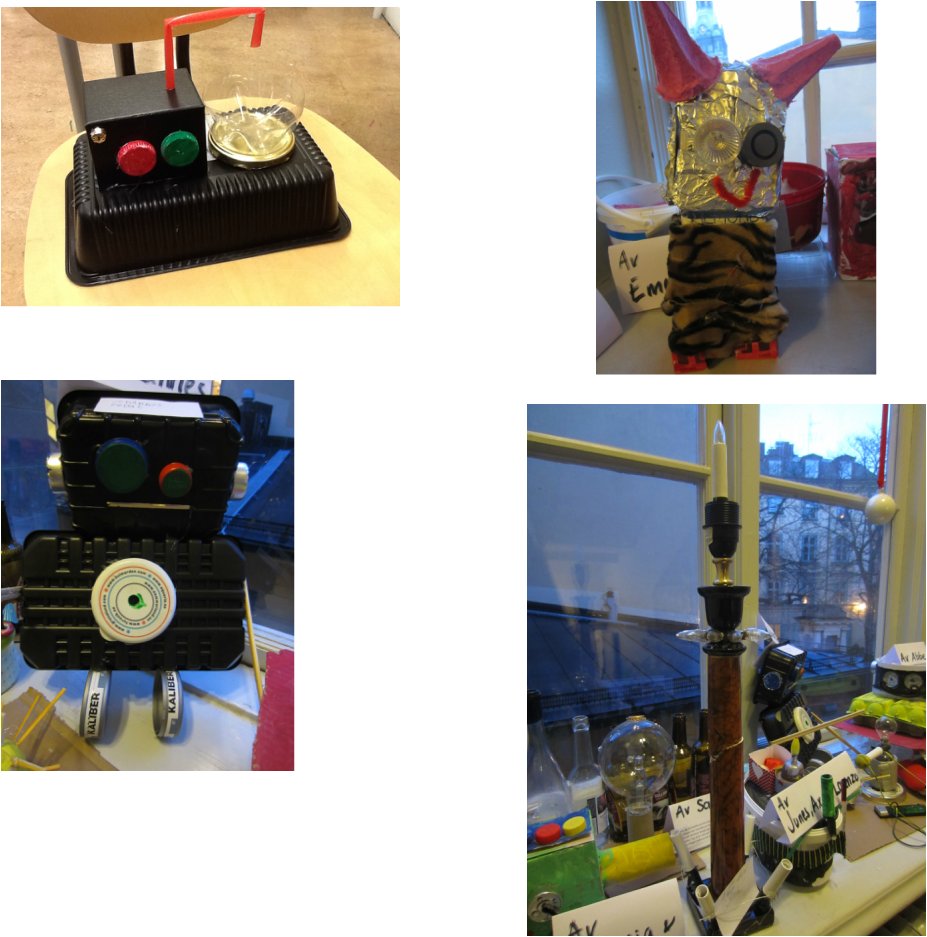Visit at Liljevalch´s museum: Utopian bodies
|
I can sort out rubbish. I can give away my things that I don't want, to friends or to shops. I can paint on paper that I have already painted on before. I can put out the lamps when I go to school. I can play less on my phone so I save money. I can go by bus or subway instead by car. And if I go by car I can go with a friend. |
Three students have written texts about how they can live a sustainable life:
To get a better environment in the future we need to do this. Here are three steps: · Step one, recycle most things we have instead of throwing it. Don’t use too much papers because if you use too much we don´t need to take down new trees. · Step three, if everyone could use their cars just twice a week, I think the environment could be better. So if everyone on Earth did these three things I think the environment could be better. |
I think my responsibility for my world is the following-
- Buy Fairtrade products
- Put trash in different bags and packages
- Spend more time on sustainability
